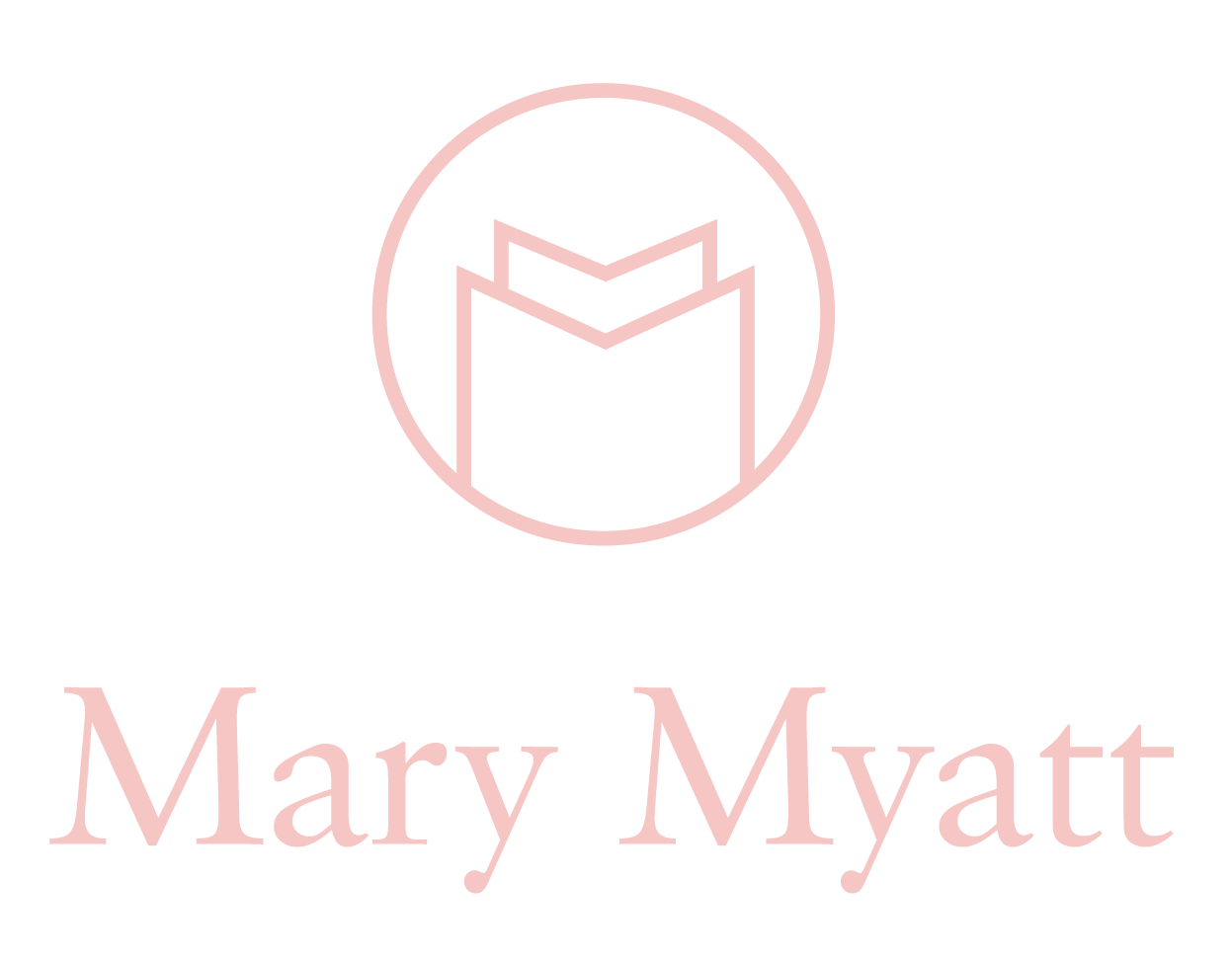Thinking about curriculum intent
In the quality of education judgement, the school inspection handbook states that ‘inspectors will consider the extent to which the school’s curriculum sets out the knowledge and skills that pupils will gain at each stage (we call this ‘intent’).’
One section within the ‘intent’ refers to the school’s curriculum reflecting ‘the school’s local context by addressing typical gaps in pupils’ knowledge and skills.’ Here, there is an opportunity to consider carefully what it is that pupils within a setting ‘might be missing’ and which the curriculum might address. For example, a school might have identified that some pupils have narrow minded attitudes to people who are different from them. In order to address this, some schools consider resources such as Shaun Tan’s The Arrival or a platform such as Lyfta which works to build vital skills and values by giving children access to human story-based learning experiences from around the world. Alternatively, a school might have identified that many pupils are coming to school with low levels of literacy, including speaking and listening and as a result they ensure that high levels of oracy are built into curriculum thinking by drawing on resources such as Voice21.
An important element within the intent section of the quality of education is frequent reference to ‘ambition’ and the extent to which a school’s curriculum is ambitious for all pupils: ‘there is high academic/vocational/technical ambition for all pupils, and the school does not offer disadvantaged pupils or pupils with SEND a reduced curriculum.’ What underpins this is ensuring that pupils with lower starting points are not offered a diminished diet, but rather are supported to access demanding work, through appropriate scaffolding and support, primarily through talk.
The handbook goes on to say, ‘It is clear what end points the curriculum is building towards and what pupils need to know and be able to do to reach those end points.’ What is entails is having a clear rationale for the importance of individual subjects and we might ask ourselves what would our pupils miss out on if they did not learn this subject in school? This helps us to identify the big themes and ideas that pupils need to be taught. While the content to be taught is set out in the national curriculum programmes of study for each subject, discussion of the importance of the subject itself is an important precursor to curriculum planning. It is not enough to say that we are teaching history or geography or design and technology or any of the other subjects ‘because it is in the national curriculum’, our rationale needs to go beyond this.
In order get some purchase on the importance of individual subjects we might consider quotes such as Marcus Garvey’s ‘A people without the knowledge of their past history, origin and culture is like a tree without roots.’
We do not need to agree with this, but we do need to formulate our own rationale for why we are teaching a particular subject. This is because it takes us to a deeper, more satisfying curriculum space. Ideas for discussion about the importance of each of the national curriculum subjects can be found in the resources on this site. And quick overviews of each subject with draft planning outlines can be found here.
The judgement focuses on factors that both research and inspection evidence indicate contribute most strongly to an effective education and to pupils achieving highly. One of the factors identified is the curriculum being planned and sequenced so that new knowledge and skills build on what has been taught before and towards its clearly defined end points. This means schools taking account of findings of cognitive science which identify the importance of concepts, sequencing and spaced repetition in order to help pupils retain learning in the long term memory. The Great Teaching Toolkit is a good starting point for engaging with this element of curriculum planning.
When judgements are made about the quality of education, the school’s curriculum intent flows into the implementation, in other words, how the intent is translated into classroom materials and how the subject is taught. We see this in the following statement: ‘the school’s curriculum intent and implementation are embedded securely and consistently across the school. It is evident from what teachers do that they have a firm and common understanding of the school’s curriculum intent and what it means for their practice. Across all parts of the school, series of lessons contribute well to delivering the curriculum intent’.
It is important to remember that the ‘intent’ and other elements of the quality of education section are not checklists to be ticked off. Rather, they are about ensuring that the curriculum offer is demanding and equitable for all pupils. As the framework states: ‘inspectors will not grade intent, implementation and impact separately. Instead, inspectors will reach a single graded judgement for the quality of education, drawing on all the evidence they have gathered and using their professional judgement. During inspection, inspectors will probe leaders’ understanding further but, most importantly, they will focus on gathering first-hand evidence. Inspectors will visit lessons, talk to individual teachers and pupils, and look at pupils’ work (in its widest sense) together with curriculum leaders to see whether it matches leaders’ intentions. Inspectors will then draw all this evidence together from different pupils, classes and year groups.
